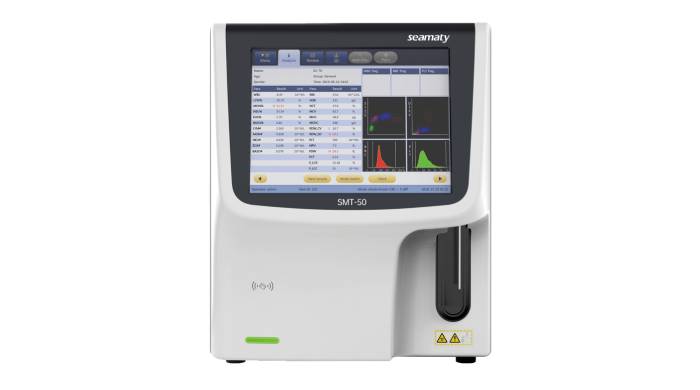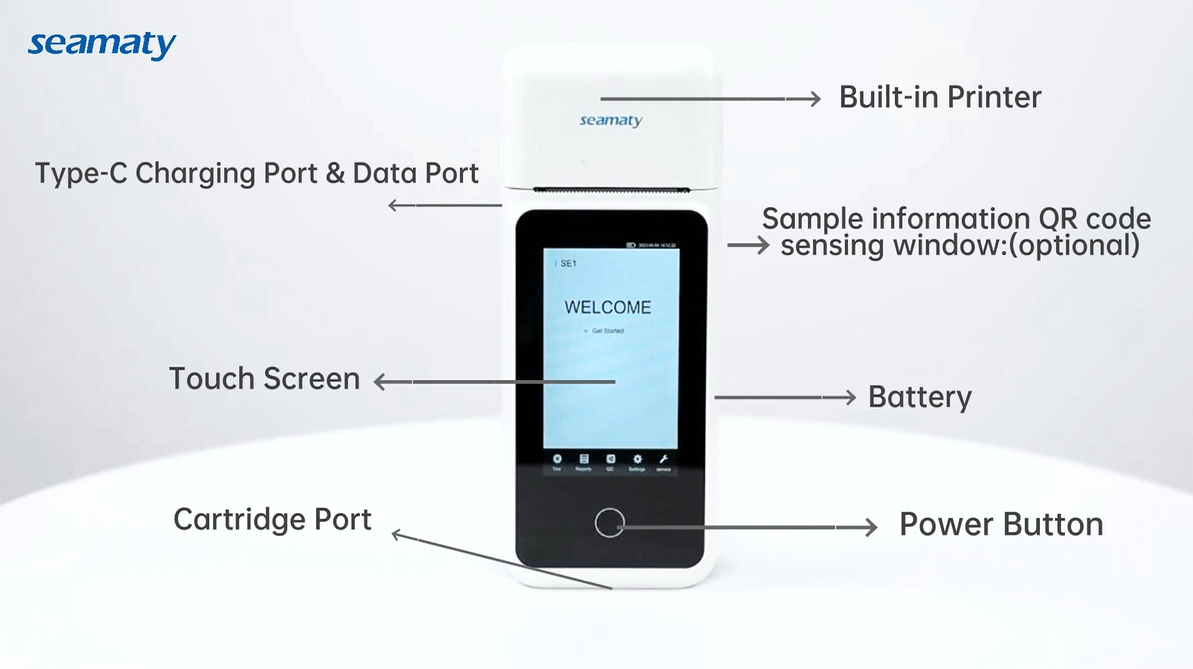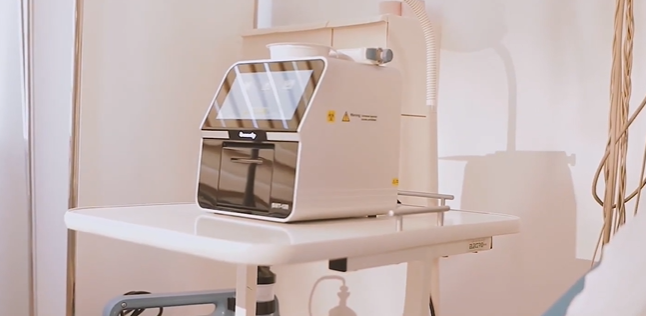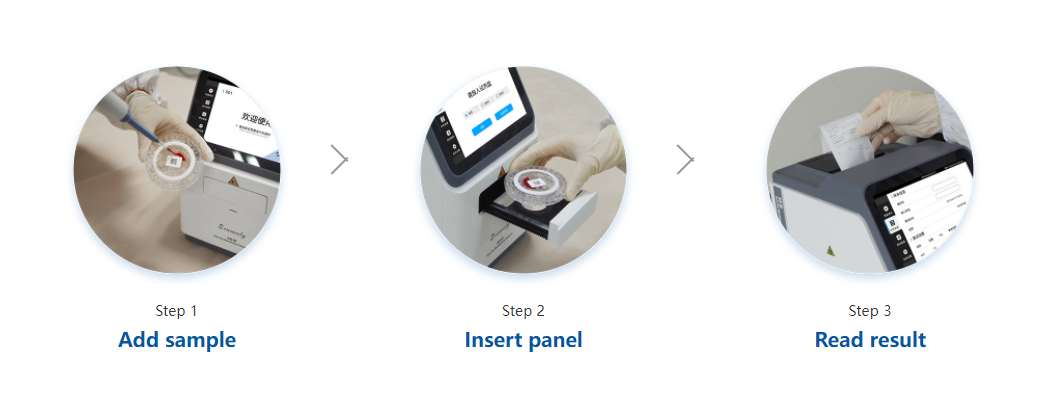release time:2022-06-08 15:10:46
A biochemistry analyzer uses the photoelectric colorimetric principle to measure a specific chemical component in body fluids. Biochemistry machines can test for the following four types of items.

The hematology analyzer mainly detects red blood cell count (RBC), white blood cell count (WBC), platelet count (PLT), hemoglobin (HGB), mean red blood cell volume (MCV), lymphocytes (LYM), monocytes (MON), neutrophils (NEU), eosinophils (EOS), and basophils (BAS).

2023-05-26
Discover how Seamaty SE1, a handheld electrolyte analyzer, enhances patient care in various healthcare settings. Explore its features, including accurate measurements, versatile sample handling, and maintenance-free operation.

2022-06-16
Many of the test doctors who have just entered the workplace will not review the biochemical test results. The following are a few biochemical test report card review of the common problems.

2022-01-11
Calibration is to find a reference point, which is a K value (or F value). It is determined by the biochemical machine and the state of the reagents.